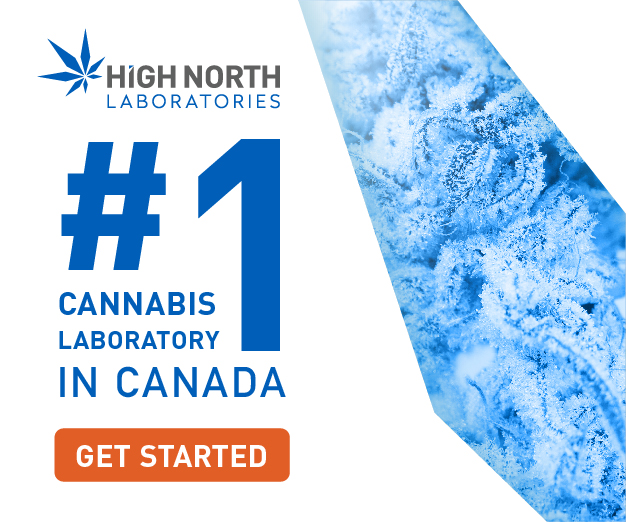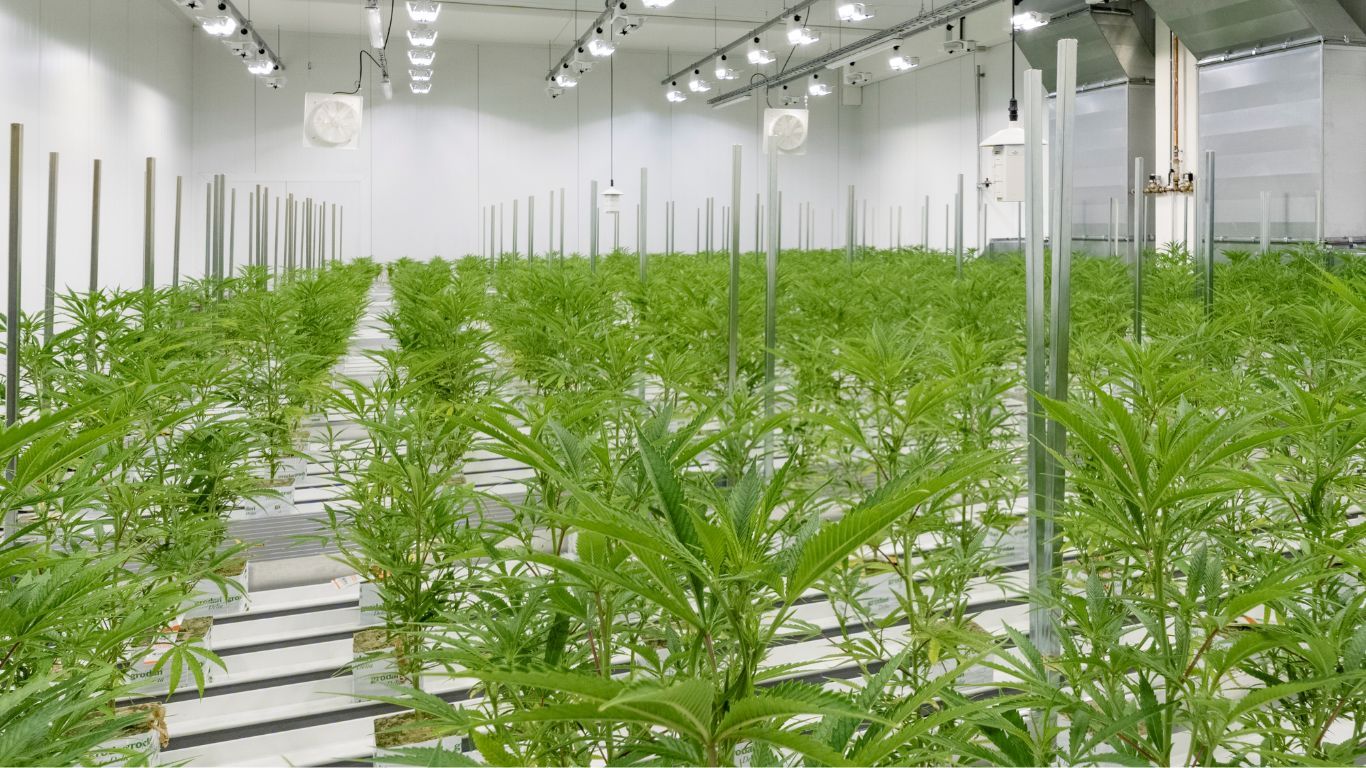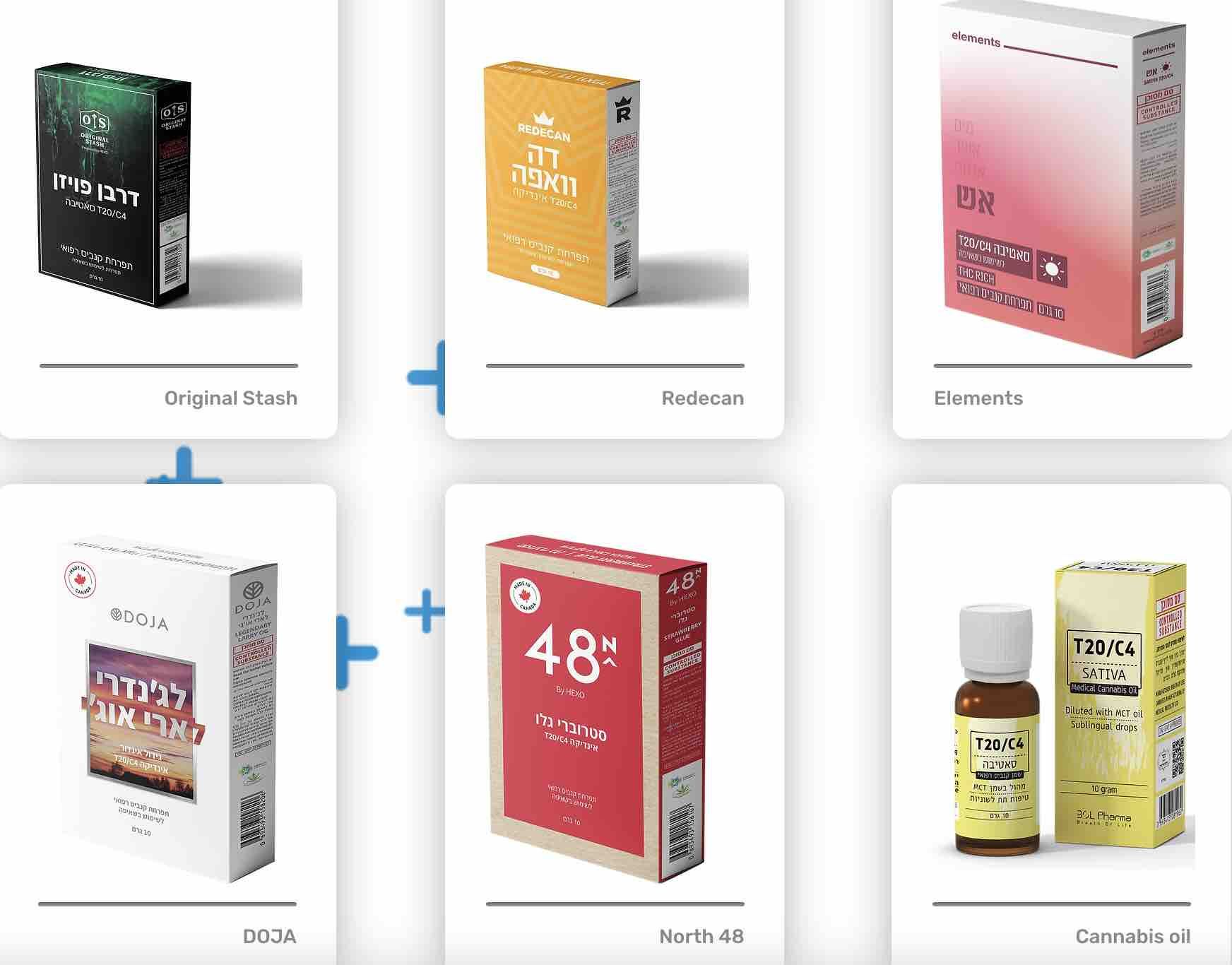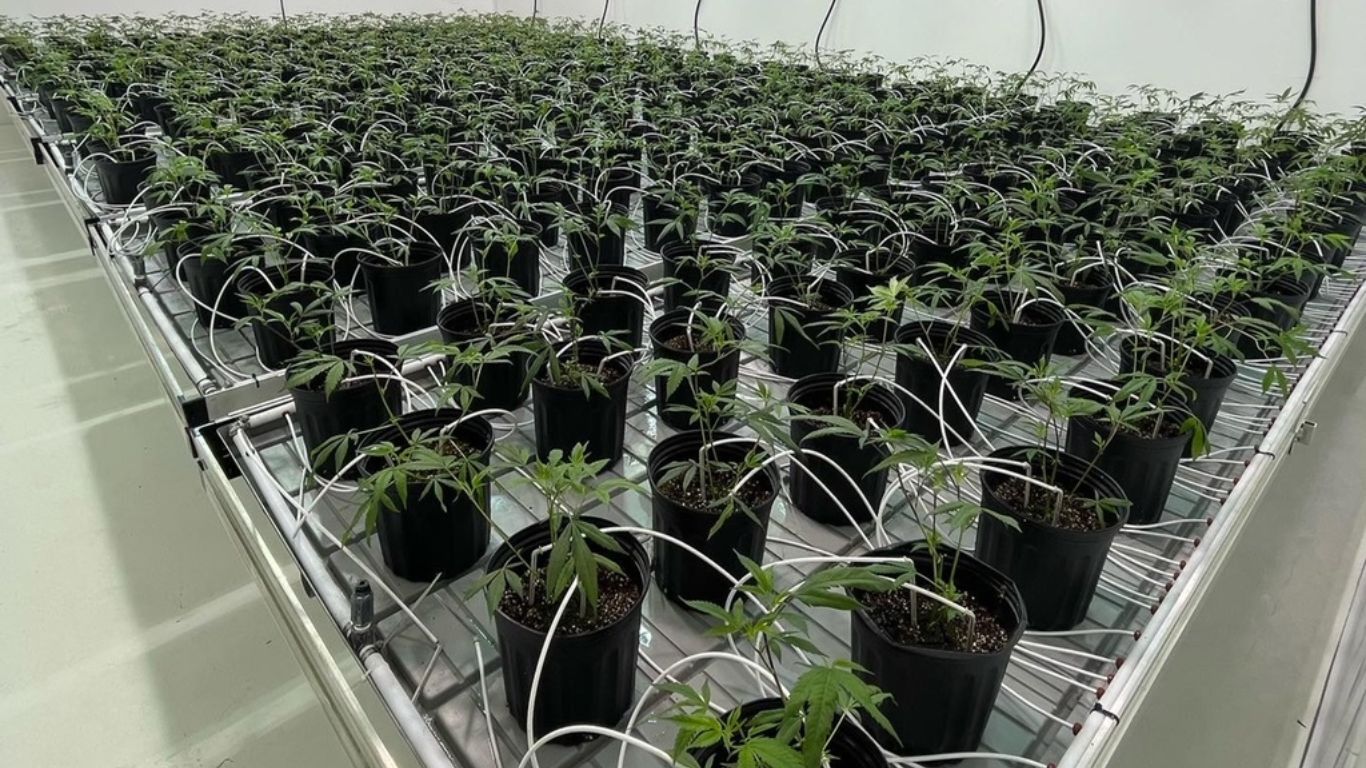
Health Canada has released their most recent cannabis sales data report, as well as providing corrected figures from a past report.
The federal regulator has also provided updated figures on medical cannabis authorizations.
In the most recent report, up to December, 2021, 16.6 million packaged units of cannabis were sold in Canada, including the medical and non-medical sales channels.
Of those sales, dried cannabis sales represented 58% of total sales, a decline from 63% of sales posted in September.
Edible cannabis sales represented 24% of total sales, an increase from 20% in the previous reporting period.
Cannabis extracts sales represent 17% of total sales, an increase from 16% in the previous reporting period.
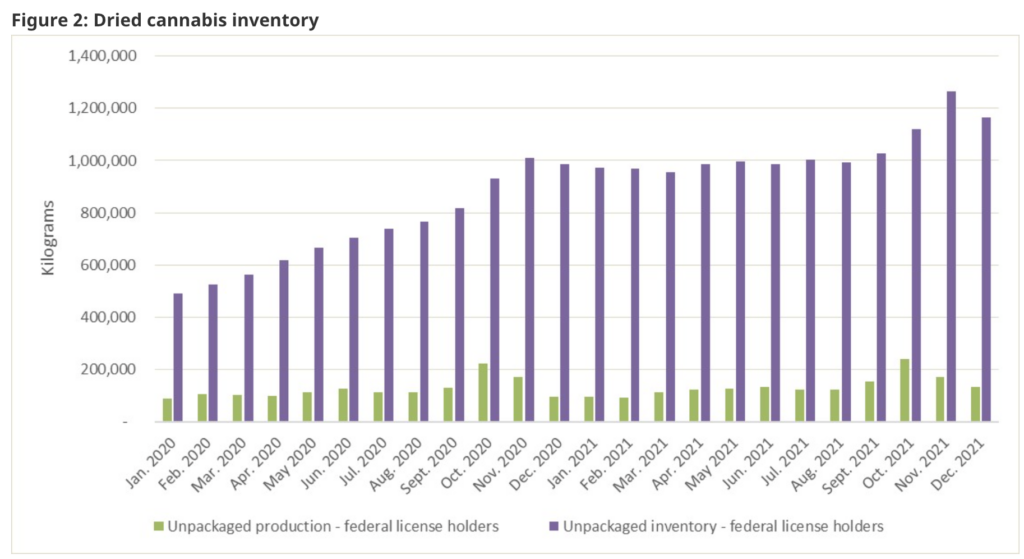
Nearly 70 million further packaged units of cannabis were held in inventory by cultivators, processors, distributors and retailers across Canada. Distributors and retailers hold 43% of the total inventory of packaged units of cannabis products, an increase from 40% in the previous reporting period.
Health Canada’s figures show that the total inventory of packaged units of dried cannabis held by cultivators, processors, distributors and retailers represents 3.7 times total sales figures. Similarly, the total inventory of packaged units of edible cannabis and cannabis extracts represent 4.7 and 4.8 times total sales, respectively. This represents a decline from 6.5 and 5.5 times total sales in the previous reporting period.
Cannabis topicals packaged inventory represented the most significant increase from January 2020-December 2021, although sales only increased modestly.
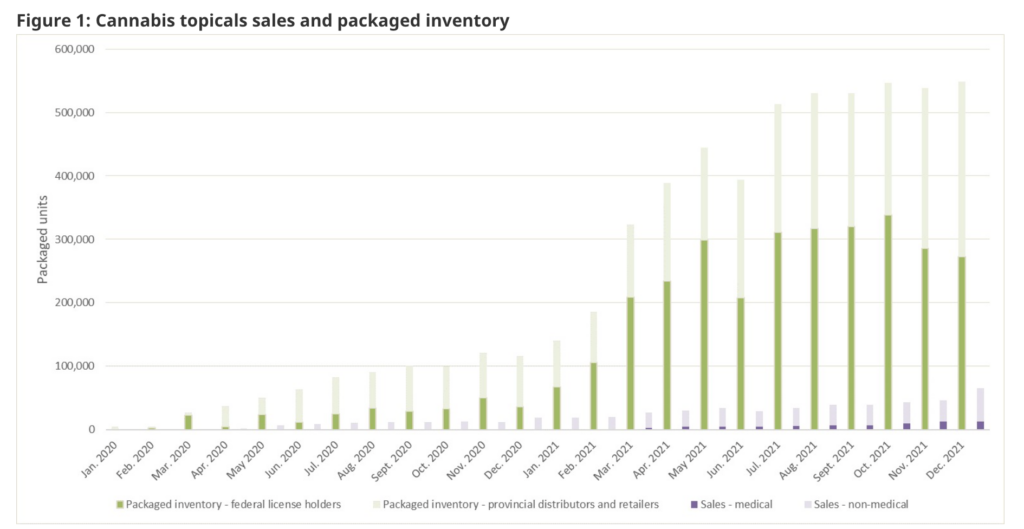
Licensed cultivation area
The area of licensed indoor and outdoor cultivation held by federal licence holders continues to increase, with 1,756,642 m2 and 713 hectares (7,130,900 m2), compared to 727,269 m2 and 894 hectares (8,937,900 m2) in the previous period.
The number of unpackaged plants held by federal licence holders stood at 5,955,393 at the end of December 2021, a decline from 6,273,801.
Updated figures from the previous report
Health Canada has also updated many of their figures from the previous reporting period for the months of January-September 2021. New numbers represent monthly increases and decreases from the initial reporting data.
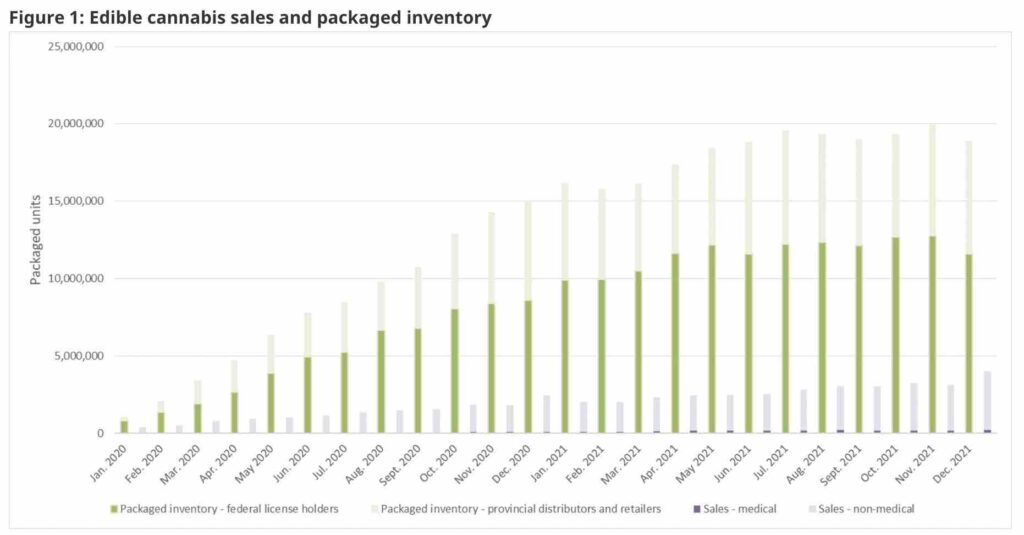
Cannabis for medical purposes
Health Canada has also updated their data on cannabis for medical purposes.
The majority of individuals (257,059) who access cannabis for medical purposes in Canada under the federal Cannabis Act and its regulations do so by purchasing from a federally licensed seller of cannabis for medical purposes.
However, the number of medical client registrations with federally licensed producers fell 3% from 264,734 in September 2021 to 257,059 in December 2021.
The number of individuals registered with Health Canada for personal and designated cultivation of cannabis for their own medical purposes also decreased, down 11% from 47,147 in September 2021 to 41,760 in December 2021.
The majority of the decrease of 5,387 in registrations for personal/designated production is from three Provinces: Ontario with a decrease of 2,100 registrations, British Columbia with 1,245 and Quebec with 1,102.
Approximately 41,800 individuals are also registered with Health Canada for personal or designated production of cannabis for medical purposes.
The federal regulator continues to emphasize what it calls a “progressive and concerning increase” in the average daily amount being authorized by some health care practitioners in some jurisdictions.
While the average daily amount of cannabis for medical purposes authorized for those purchasing from licensed producers is 2.1 grams per day, some individuals registered to grow their own or have a designated grower in their stead can be 10-50 times higher.
The average daily amount authorized by health care practitioners for individuals who are registered with Health Canada for personal or designated production was 44.5 grams per day.
There were 7,269 health care practitioners associated with registrations made in the previous twelve months associated with federally licensed producers and 1,817 associated with active personal/designated production registrations.
Of these, 388 health care practitioners authorized amounts equal to or above 25 grams per day, and 25 authorized amounts equal to or above 100 grams per day.
The majority (79%) of health care practitioners having authorized amounts equal to or above 25 grams per day were located in British Columbia and Ontario. One hundred percent of health care practitioners having authorized amounts equal to or above 100 grams per day were located in British Columbia and Ontario.
Concern has commonly been expressed by various government and law enforcement sources that some of these higher amounts may be associated with illicit operations, many of which are located in Ontario and British Columbia.







